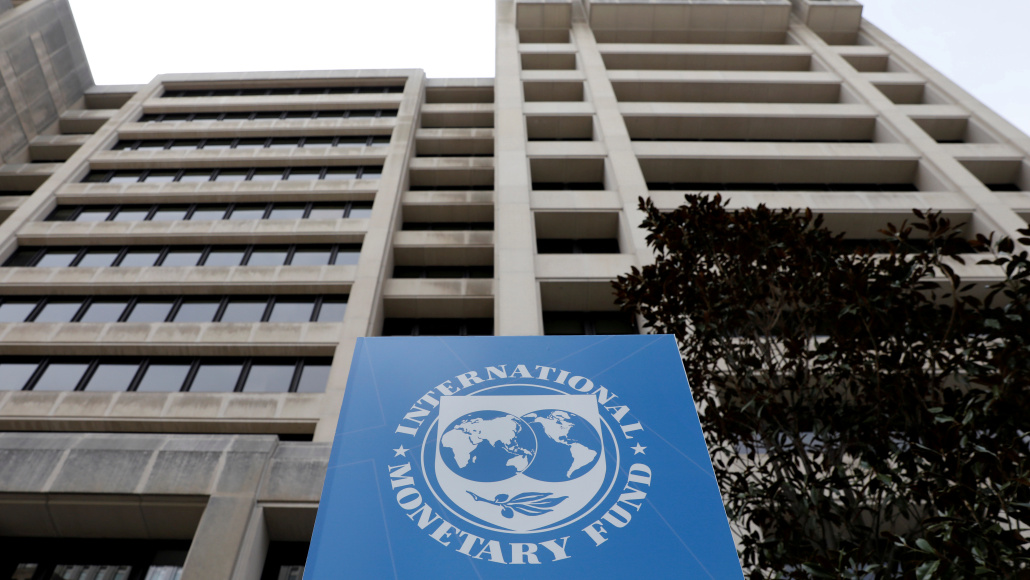IMF Governors approve historic $650 billion SDR allocation

Sequel to the Executive Board’s adoption on July 8th of the Managing Director’s decision, the Board of Governors of the International Monetary Fund (IMF), yesterday, approved a new general Special Drawing Rights (SDRs) equivalent to $650 billion (about SDR 456 billion) to boost global liquidity.
IMF Managing Director, Kristalina Georgieva, was quoted in a statement: “This is a historic decision – the largest SDR allocation in the history of the IMF and a shot in the arm for the global economy at a time of unprecedented crisis. The SDR allocation will benefit all members, address the long-term global need for reserves, build confidence, and foster the resilience and stability of the global economy. It will particularly help our most vulnerable countries struggling to cope with the impact of the COVID-19 crisis.”
The Fund said the general allocation of SDRs will become effective on August 23, 2021, and will be subsequently credited to IMF member countries in proportion to their existing quotas in the Fund.
Nigeria holds about 2,454.5 shares or 0.52% IMF SDRs, and up to $275 billion (about SDR 193 billion) of the new allocation is billed for emerging markets and developing countries, including low-income countries.
“We will also continue to engage actively with our membership to identify viable options for voluntary channelling of SDRs from wealthier to poorer and more vulnerable member countries to support their pandemic recovery and achieve resilient and sustainable growth,” Georgieva added.
The IMF is also said to be exploring other options to help poorer and more vulnerable countries in their recovery efforts. A new Resilience and Sustainability Trust (RST) could be considered to facilitate more resilient and sustainable growth in the medium term.
Furthermore, high income members that have strong external positions are encouraged to voluntarily channel part of their SDRs to scale up lending for low-income countries through the IMF’s Poverty Reduction and Growth Trust (PRGT). Concessional support through the PRGT is currently interest free.
Benefits, usage of SDRs
According to the IMF, a direct benefit of a general SDR allocation, and indeed the purpose of such an allocation under the Fund’s Articles of Agreement, is to supplement existing reserve assets to help meet a long-term global need. This boosts buffers and bolsters international economic resilience.
Once allocated, members can hold their SDRs as part of their foreign exchange reserves, which for Nigeria stood at above $33.402billion on July 30 (Central Bank of Nigeria data) with a likely boost of between 10 and 20 per cent, or sell or use part or all of their SDR allocations.
Members can exchange SDRs for freely usable currencies (U.S. dollar, Japanese yen, euro, pound sterling and Chinese Renminbi) among themselves and with prescribed holders; such exchange can take place under a voluntary arrangement or under a mandatory designation plan on members with sufficiently strong external positions, which serves as the ultimate backstop for the SDR market.
Therefore, SDRs are also a means to provide timely support to countries in need. “By helping stabilize emerging market and developing countries, an SDR allocation can help mitigate risks of economic and social fragility, minimize spillovers, and enhance stability of international monetary system and support a sustainable and resilient global recovery,” the Fund said.
While an SDR allocation is ‘cost free’, its use is however not ‘cost free’. “Countries that use their SDRs will incur net charges on the difference between their cumulative SDR allocations and their SDR holdings. The SDR interest rate (as of February 23) is about 0.05 percent.” Members that receive SDRs, either under a voluntary transaction or by designation, have to provide foreign exchange in exchange, effectively replacing one reserve asset by another.
Transparency of usage
Under the terms, IMF staff will prepare a Guidance Note to help member country teams develop policy advice consistent with macroeconomic sustainability, to ensure that countries do not postpone needed macroeconomic adjustment and reforms.
Although the SDR is an unconditional reserve asset, as each country decision on how to utilize the SDRs, the Guidance Note will provide a consistent framework for assessing the macroeconomic implications of the allocation at the country level, including for accounting and statistical treatment, reserve management, and debt sustainability.
A Guidance Note will provide a consistent framework for assessing the macroeconomic implications of the allocation at the country level, including for accounting and statistical treatment, reserve management, and debt sustainability.
Additionally, a section on transparency will highlight how Fund-endorsed frameworks of best practices on governance and policies can support transparency in the use of the SDR allocation, leveraging the set of already existing principles and best practices for Central Bank governance and operations, fiscal governance and public financial management, and debt sustainability.
IMF staff will also prepare an ex-post report on the use of SDRs two years after the allocation to review the allocation against the broad macroeconomic context and policy priorities following the COVID-19 pandemic.

